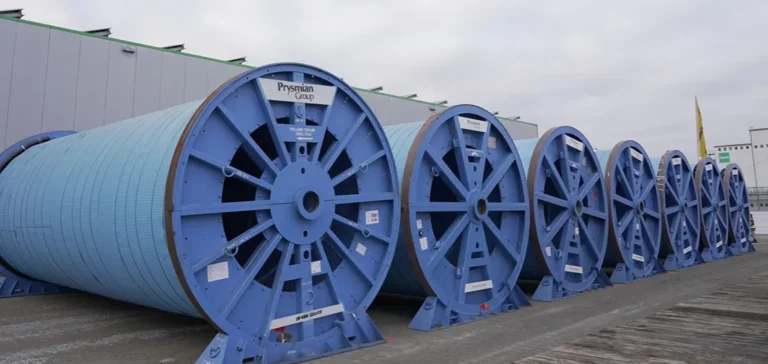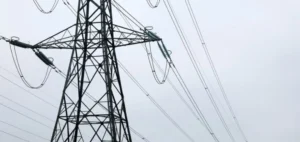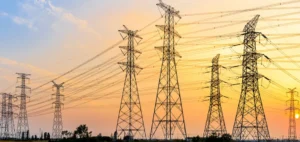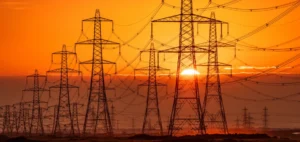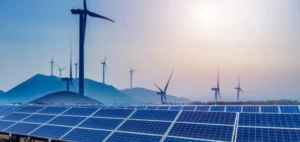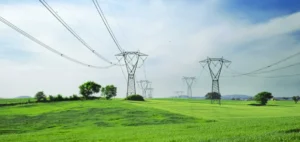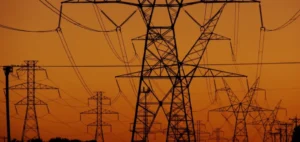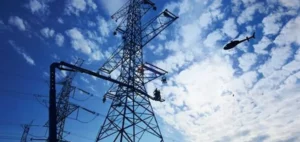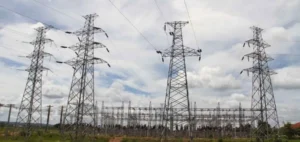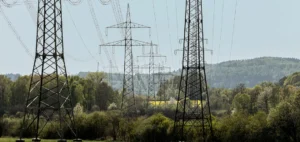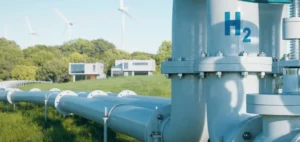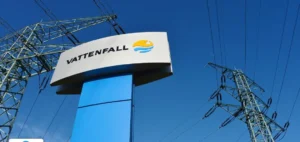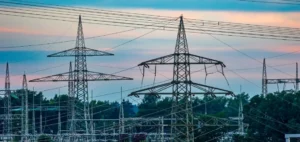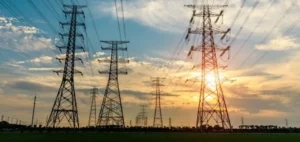The Bundesnetzagentur has confirmed the completion of the approval process for the last section of the SuedOstLink, with a total length of 543 kilometres, linking northeast Germany to Bavaria. This high-voltage transmission project, with a capacity of 2 gigawatts and a voltage of 525 kilovolts, aims to strengthen the security of electricity supply in the south of the country. The final section, spanning 55 kilometres, runs from Pfreimd to Nittenau and will be built entirely underground.
A project coordinated between TenneT and 50Hertz
The design and management of the SuedOstLink are jointly overseen by operators TenneT and 50Hertz. Since the beginning of 2024, several early permits have allowed TenneT TSO GmbH to start initial work on this segment, including the installation of ducts under roads. The route passes through various municipalities, including Stulln, Schwarzenfeld, and Katzdorf, reaching the outskirts of Nittenau, west of Goppeltshof. The completion of the administrative process paves the way for the full-scale launch of the construction site.
A major step forward for electrical infrastructure
This approval concerns both the main project connecting Wolmirstedt to Isar (project 5) and project 5a, which starts further north in the Ludwigslust-Parchim district and joins the main axis at the Börde district. Once operational, the SuedOstLink will enable the transfer of significant volumes of electricity to Bavaria. According to grid operators, the stated capacity should meet the consumption of about two million people.
Timetable and official publication of the decision
Initial works began on other segments after a series of permits issued since spring 2023, including drilling, land clearing, and archaeological operations along the entire route. The Bundesnetzagentur plans to publish the final approval decision for section D1 on 18 August. Coordination between the two network operators is expected to ensure compliance with the timetable for the commissioning of the main project in 2027 and project 5a in 2030.
The SuedOstLink ranks among the most significant interconnection routes in the European electricity network and continues to develop in line with set regulatory milestones.


